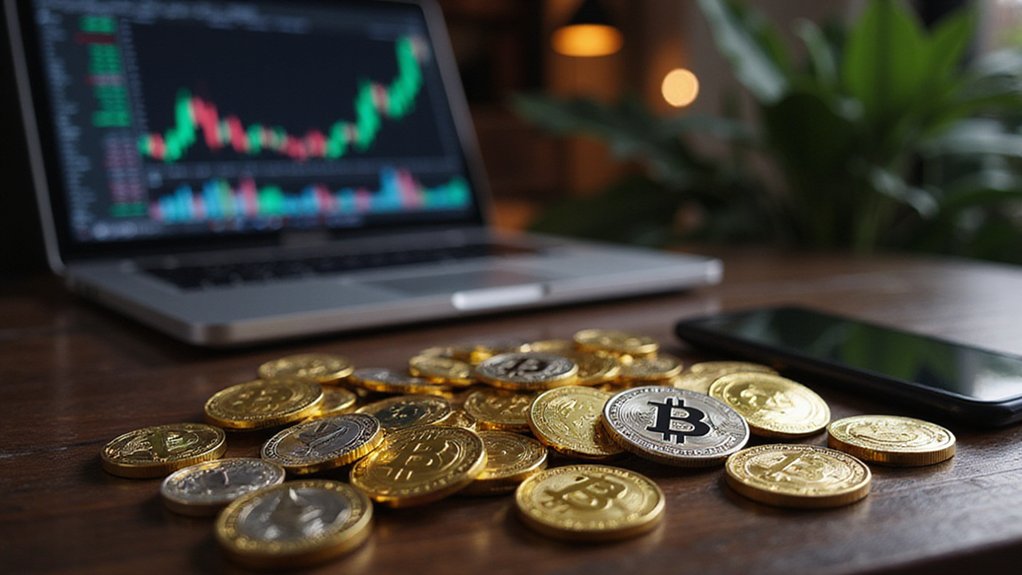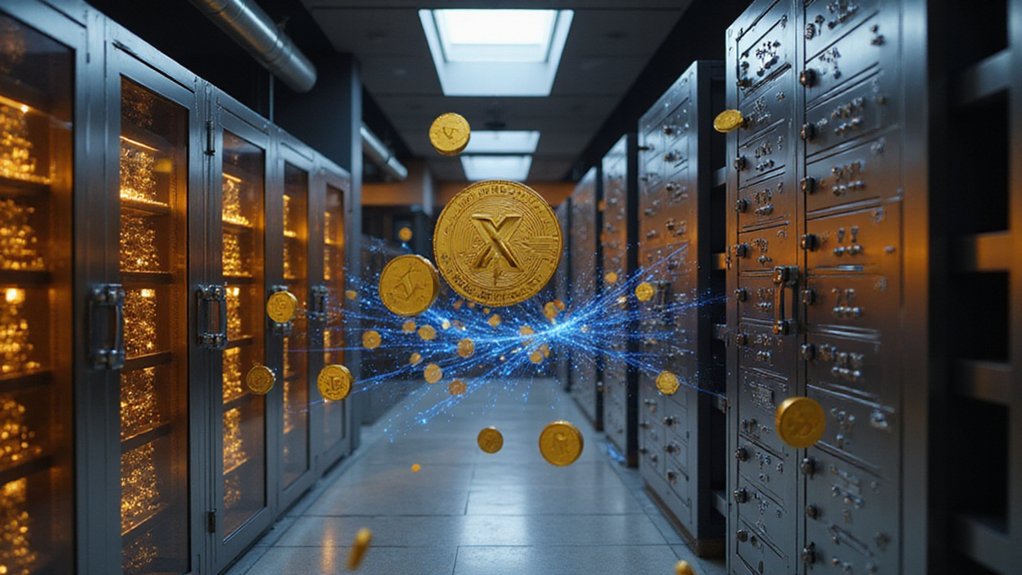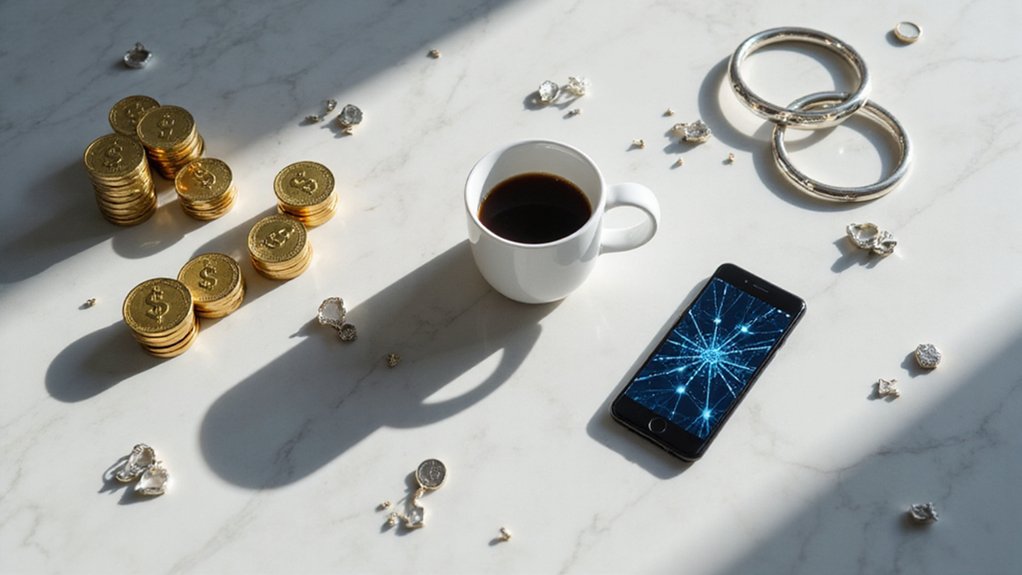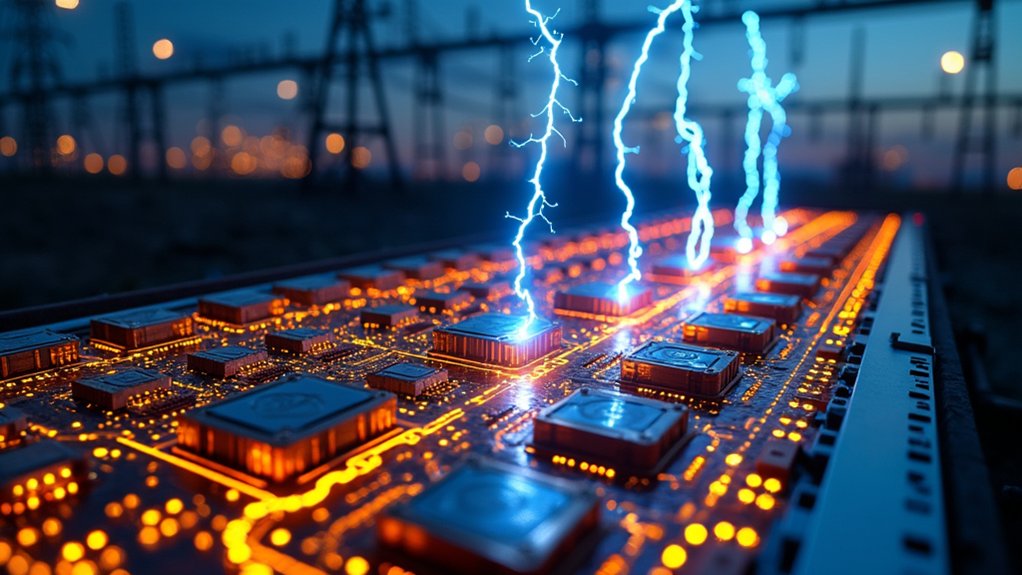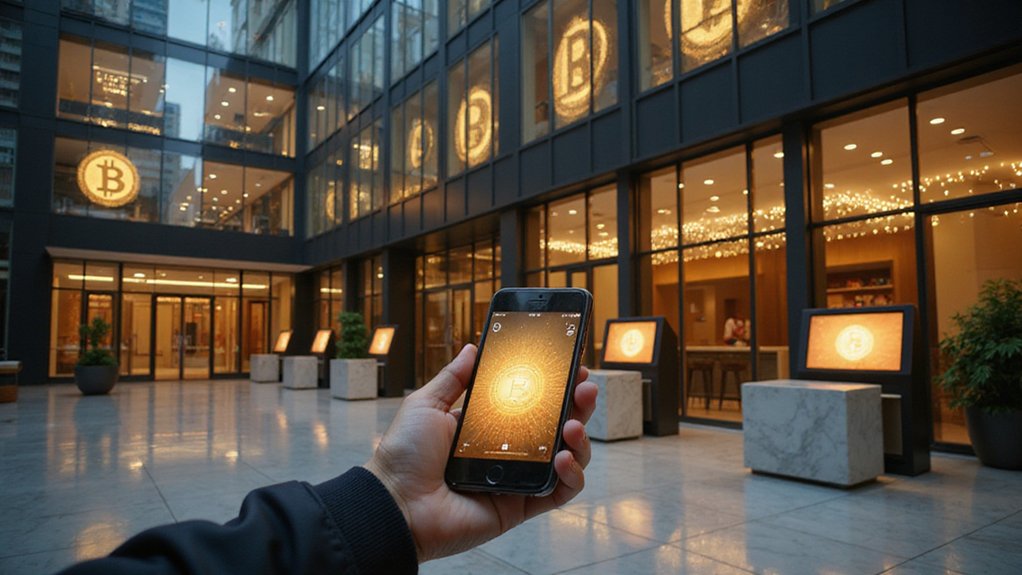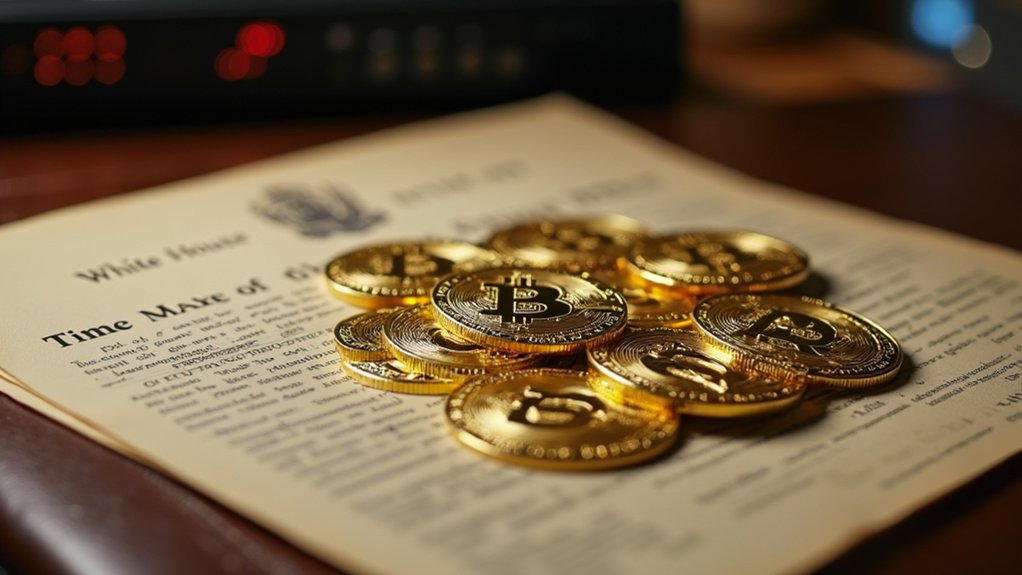Tokenization converts physical and digital assets into blockchain-based tokens representing fractional ownership rights, fundamentally transforming real estate, art, or commodities into tradeable cryptographic units. This process eliminates traditional intermediaries through smart contracts while enabling 24/7 global trading of previously illiquid assets. Security tokens represent actual ownership stakes, while utility tokens provide service access without equity rights. The technology promises democratized investment access, though maneuvering century-old legal frameworks presents intriguing challenges for this trillion-dollar emerging market.
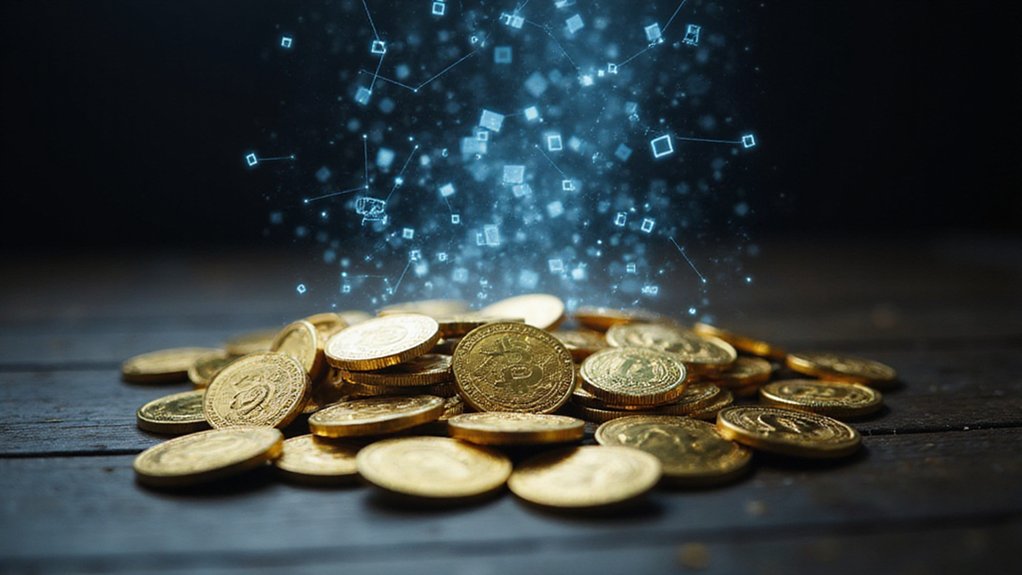
The digital revolution has predictably arrived at the doorstep of asset ownership, wielding blockchain technology like a master key to access liquidity from previously immovable financial fortresses. Tokenization—the process of converting ownership rights into digital tokens stored on blockchain networks—transforms virtually any asset into tradeable units that exist in cyberspace rather than dusty filing cabinets.
The blockchain revolution transforms dusty ownership certificates into liquid digital assets, unlocking previously immovable financial fortresses with technological precision.
This metamorphosis operates through a surprisingly elegant mechanism: valuable assets (whether tangible real estate or intangible intellectual property) receive digital representations that function as ownership certificates. The blockchain platform serves as both vault and marketplace, consolidating what traditionally required separate institutions for origination, distribution, trading, clearing, settlement, and safekeeping into a single technological layer.
Smart contracts automate the tedious dance of ownership transfers and payments, rendering many intermediaries as useful as telegraph operators in the smartphone era.
Token varieties reflect the complexity of modern finance. Security tokens represent actual ownership interests with accompanying rights—essentially digitized equity or debt instruments. Utility tokens provide access to blockchain-based services without conferring ownership (imagine concert tickets that never expire but grant no ownership stake in the venue).
Meanwhile, non-fungible tokens preserve uniqueness while fungible tokens maintain interchangeability, because apparently even digital assets require class distinctions.
The benefits materialize through fractional ownership possibilities that would make medieval land barons weep with envy. Previously illiquid assets—art collections, commercial real estate, vintage wine portfolios—suddenly become as transferable as email attachments. Tokenized assets enable 24/7 global trading that transcends traditional market hours and geographical boundaries.
Transaction costs plummet when smart contracts eliminate layers of human intervention, while blockchain’s immutable records provide transparency that traditional recordkeeping systems can only dream of achieving. McKinsey analysis suggests the tokenized market cap could reach $2 trillion by 2030, excluding cryptocurrencies.
However, this digital utopia operates within legal frameworks that remain decidedly analog. Regulatory compliance demands careful structuring before token issuance, requiring professional legal guidance to navigate jurisdictional requirements that vary like regional dialects.
Token issuers must monitor ongoing compliance obligations, ensuring that their digital innovations don’t inadvertently violate securities laws written when computers occupied entire rooms. Portfolio trackers have become essential tools for monitoring these diverse tokenized assets across multiple platforms in real time. The intersection of cutting-edge technology with century-old legal principles creates fascinating contradictions that define modern tokenization efforts.
Frequently Asked Questions
What Are the Legal Risks of Investing in Tokenized Assets?
Investors face multifaceted legal perils when purchasing tokenized assets, including regulatory classification uncertainties that could trigger securities violations, intellectual property infringement claims from unauthorized content tokenization, and custody legitimacy challenges where ownership rights lack traditional legal recognition.
Cybersecurity vulnerabilities compound these risks through smart contract exploits, while evolving compliance frameworks—particularly AML obligations—create retroactive liability exposure.
Market participants often discover their “ownership” represents merely digital receipts rather than enforceable property rights.
How Do I Store and Secure My Cryptocurrency Tokens Safely?
Securing cryptocurrency tokens requires balancing convenience with paranoia—a delicate dance between accessibility and fortress-like protection.
Hardware wallets provide offline sanctuary for long-term holdings, while hot wallets enable daily transactions despite inherent vulnerabilities.
Multi-factor authentication, encrypted seed phrase backups stored across geographically separated locations, and regular firmware updates form the foundation.
The irony? Investors must become their own security experts while maneuvering through an ecosystem where one misplaced private key transforms digital wealth into permanent digital archaeology.
Can Tokenized Assets Be Converted Back to Traditional Assets Easily?
Converting tokenized assets back to traditional form presents considerable friction despite blockchain’s supposed seamlessness.
Regulatory compliance, KYC procedures, and jurisdictional variations create bureaucratic hurdles, while technical interoperability between blockchain platforms and legacy financial systems remains imperfect.
Market liquidity constraints, custody verification requirements, and often-prohibitive transaction costs further complicate reconversion.
Though emerging platforms promise streamlined processes, the reality involves maneuvering through complex legal frameworks and operational challenges that make easy conversion more aspiration than current reality.
What Fees Are Involved When Buying or Selling Tokenized Cryptocurrencies?
When trading tokenized cryptocurrencies, investors encounter a delightful gauntlet of fees ranging from 0.1% to 6.0% for basic exchange transactions.
Payment method fees add another layer—credit cards typically impose 2% charges, while certain tokens implement their own “fee on transfer” mechanisms (because apparently standard fees weren’t sufficient).
Withdrawal costs vary dramatically by platform and jurisdiction, with spreads often masquerading as implicit fees within quoted prices.
Which Platforms Are Most Reliable for Tokenized Asset Trading?
Securitize and Polymath lead reliable tokenized asset trading through rigorous regulatory compliance and securities law adherence.
Binance offers superior liquidity with extensive trading pairs, while Coinbase provides institutional-grade security for retail accessibility.
Tokeny excels in KYC/AML frameworks, though regional limitations persist.
Kraken and OKX deliver robust global compliance infrastructure.
Reliability hinges on regulatory adherence, blockchain security protocols, market liquidity depth, and interoperability standards—criteria that separate legitimate platforms from speculative ventures masquerading as legitimate trading venues.

